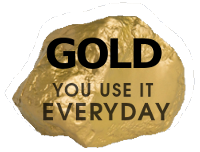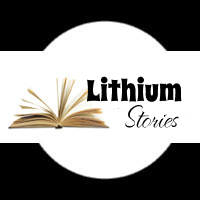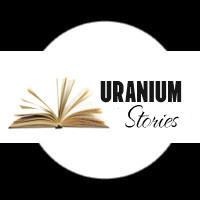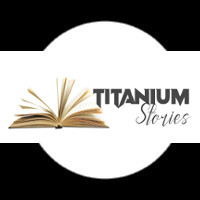- Why Mining Matters
- Jobs
- Safety
- Environment & Operations
- FAQ
- Links
- Fun Stuff
You are here
East Kemptville
The East Kemptville tin mine used to be the world's largest producer of tin, a critical mineral needed today for things like solar panels. The mine has potential to be reopened to contribute to global supply of the minerals needed to achieve climate goals.
Climate goals rely on mining because things like electric vehicles, wind turbines and solar panels are largely made of minerals. Nova Scotia has great potential to produce critical minerals. Doing so would create jobs for Nova Scotians and government revenues to help pay for programs like health and education.
Tin has many uses, including in solar panels. It is a key ingredient in solder and solar panel manufacturers use tin solder ribbon to join solar cells.
The East Kemptville orebody was discovered in Yarmouth County by Shell Canada Resources in 1979 and was sold to Rio Algom in 1983. Mining started in late 1985 but unfortunately coincided with the collapse of world tin prices, so Rio Algom ended up turning over ownership of the mine to a banking group in December 1986. This group formed the East Kemptville Tin Corporation and continued to operate the mine with the assistance of senior, on-site Rio Algom personnel. Rio Algom reacquired the mine in February 1988.
The mine processed about 9100 tonnes of ore per day which made it the largest tin concentrator in the world. The tin concentrate was smelted in Malaysia.
The mine also produced copper and zinc concentrates which were sold to Noranda for smelting in Quebec.
It employed 225 people full time but, unfortunately, another drop in global tin prices caused the mine to shut down in 1992.
Today, we refer to it as a tin-indium deposit because it has what are believed to be economically-viable amounts of indium in it, in addition to other metals like the copper and zinc mentioned above.
Unlike when the East Kemptville mine was last in production, indium is in high demand now because it is a key ingredient in things like electronics’ touch screens and solar panels.
Indium is an example of how society’s demand for minerals changes over time as new technologies and innovations create new needs for materials. Indium was largely useless in the late 1980s and early 1990s but today it is vital. One of the mining industry’s challenges is to respond to ever-changing demands for minerals so we have reliable, ethical supply of the materials society needs.
The East Kemptville site was reclaimed after mining stopped in 1992 but it has the potential to be mined again now that tin prices are higher. The deposit’s indium would generate additional revenue, further helping make the site economically-viable.


















































































